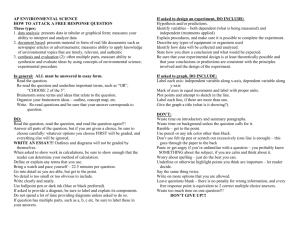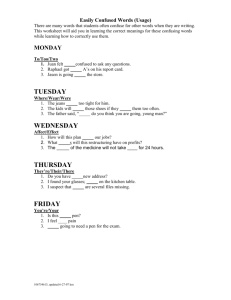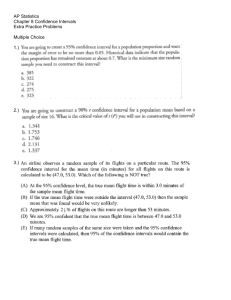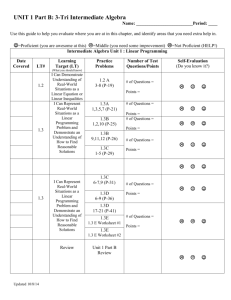Click on image to content
advertisement
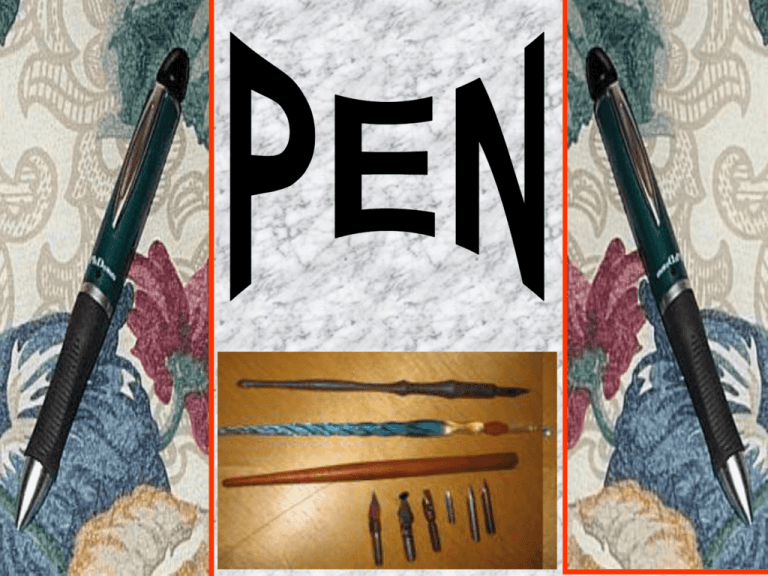
HISTORY: • The modern ball point pen was invented in 1938 by the Argentine-Hungarian journalist In the 1930s Bíró was working as the editor of a small newspaper. Bíró was frustrated by the amount of time that he wasted in filling up fountain pens and cleaning up smudged pages, and the sharp tip of his fountain pen often tore his pages. CONTD… Bíró had noticed that the type of ink used in newspaper printing dried quickly, leaving the paper dry and smudge free. He decided to create a pen using the same type of ink. Since, when tried, this viscous ink would not flow into a regular fountain pen nib, Bíró—with the help of his brother George, a chemist—began to work on designing new types of pens. CONTD… Bíró fitted this pen with a tiny ball bearing in its tip that was free to turn in a socket. As the pen moved along the paper, the ball rotated, picking up ink from the ink cartridge and leaving it on the paper. Bíró filed a British patent on 15 June, 1938. CONTD… It has been argued that a design by Galileo Galilei (during the 17th century), was that of a ballpoint pen. A patent dated 1888 on the same basic idea was unused and expired. Slavoljub Eduard Penkala had invented a solid-ink fountain pen in 1907. These earlier pens leaked or clogged due to improper viscosity of the ink and depended on gravity to deliver the ink to the ball. CONTD… Depending on gravity caused difficulties with the flow and required that the pen be held nearly vertically. The Biro pen used capillary action for ink delivery, solving the flow problems. CONTD… In 1944 the Bíró brothers moved to Argentina and on June 10, filed another patent, and formed Bíró Pens of Argentina. The pen was sold in Argentina under the Birome brand, which is how ballpoint pens are still known in Argentina. Laszlo was known in Argentina as Lisandro José Bíró. This new design was licensed by the British, who produced ball point pens for RAF aircrew, who found they worked much better than fountain pens at high altitude. CONTD… Eversharp, a maker of mechanical pencils teamed up with Eberhard-Faber in May 1945 to license the design for sales in the United States. At about the same time a U.S. businessman saw a Biro pen in a store in Buenos Aires. He purchased several samples and returned to the U.S. to found the Reynolds International Pen Company, producing the Biro design without license as the Reynolds Rocket. CONTD… Eversharp, a maker of mechanical pencils teamed up with Eberhard-Faber in May 1945 to license the design for sales in the United States. At about the same time a U.S. businessman saw a Biro pen in a store in Buenos Aires. He purchased several samples and returned to the U.S. to found the Reynolds International Pen Company, producing the Biro design without license as the Reynolds Rocket. CONTD… Similar pens went on sale before the end of the year in England, and by the next year in most of Europe. Cheap disposable instruments were produced by the BIC Corporation with "Bic" as the tradename; as with 'Hoover' and 'Xerox', the tradename has subsequently passed into general use. With BIC's expanding product range, the original Bic pen design is now termed the Bic Cristal. CONTD… Since 1990, Biro's birthday (the 29th of September) is Inventor's Day in Argentina. Description The tip of a common disposable ballpoint pen. The ball, with dark ink on it, can be seen. CONTD… There are two basic types of ball point pen: disposable and refillable. Disposable pens are chiefly made of plastic throughout and discarded when the ink is consumed; refillable pens are metal or plastic and tend to be higher in quality and price. The refill tends to replace the entire internal ink reservoir and ball point unit rather than actually refilling it with ink. CONTD… The simplest types of ball point pens have a fat cap to cover the tip when the pen is not in use, while others have a mechanism for retracting the tip. This is usually controlled by a button at the bottom and powered by a spring within the pen apparatus, but other possibilities include a pair of buttons, a screw, or a slide. Rollerball pens, which combine the ballpoint design with the use of liquid ink and flow systems from fountain pens; CONTD… After the invention of the ballpoint pen, creators of the traditional fountain pen attempted to sue, claiming that by inventing the pen, they had breached the copyright laws protecting the pen. The case was released from court after 1 month. CONTD… Ballpoint pens are ubiquitous in modern culture. While other forms of pen are available, ballpoint pens are certainly the most common and almost every household is likely to have several dozen. CONTD… . The fact that they are so cheaply available (costing from just a few cents/pence to produce) and so convenient to use means they are often to be found on desks and also in pockets, handbags, purses, bags and in cars— almost anywhere where one could conceivably need to use a pen. CONTD… Ballpoint pens are often provided free by businesses as a form of advertising—printed with a company's name, a ballpoint pen is a relatively low cost advertisement that is highly effective (customers will use, and therefore see, a pen on a daily basis). CONTD… Businesses and charities may also include ballpoint pens in direct mail mailings in order to increase a customer's interest in the mailing. In recent years, the ballpoint pen has become a popular art medium, as demonstrated by such websites as biro-art.com. CONTD… Many people also create art on themselves with the pens; this is sometimes known as a ballpoint tattoo. Grip and feel Ballpoint pens have three characteristics that distinguish them from rollerball systems. First, the ink flow increases with pressure. A rollerball will typically lay down its line without pressure. CONTD… Second, they write with the greatest ink flow when perpendicular to the paper, but as the angle is increased the line width gradually decreases; at some angle, when the edge of the ball socket brushes against the surface of the paper, the line width is reduced to zero and the pen ceases to write. CONTD… Third, a ballpoint pen's ink is typically not as bright on paper as its liquid or gel ink counterparts. CONTD… These characteristics have consequences for the grip with which the pen is held. First, one tends to bear down on a ballpoint to get a stronger line, and this increases tension in the hand. (One way of getting a stronger line, comparable in intensity to a rollerball line, is to use a broad line ballpoint, with a 1.2mm diameter, or greater, ball size. Most ballpoints have a thin or medium ball.) CONTD… Second, one has to hold the pen sufficiently vertically for it to roll across the paper and not to scratch. Most people nowadays are so accustomed to writing nearly perpendicularly that they do not realize that there are other ways to hold a pen. CONTD… There are two kinds of pens that can write at greater angles than ballpoint pens: fountain pens and felt-tipped pens. Both of these types of pen also write with less pressure and therefore with less tension in the hand. and the ball rolls the ink on the paper CONTD… A dip pen (also sometimes called a "nib pen") usually consists of a metal nib with capillary channels like those of fountain pen nibs, mounted on a handle or holder, often made of wood. Other materials can be used for the holder, including bone, metal and plastic, while some pens are made entirely of glass. CONTD… Most dip pens have no ink reservoir, however, and must be repeatedly recharged with ink while drawing or writing. (However, there are simple, tiny tubular reservoirs that illustrators sometimes clip onto dip pens; these allow drawing for several minutes without recharging the nib.) Recharging can be done by dipping into an inkwell; however, most illustrators and cartoonists (who are the main current users of such pens) are more likely to charge the pen with an eyedropper, which gives them more control. CONTD… Thus, "dip pens" are not necessarily dipped! This may be why many illustrators call them "nib pens." CONTD… The dip pen has certain advantages over a fountain pen. It can use waterproof pigmented (particle-and-binder-based) inks, such as socalled "India ink", drawing ink, or acrylic inks, which would destroy a fountain pen by clogging it up, as well as the traditional iron gall ink, which can cause corrosion in fountain pens. CONTD… There are also a wide range of readily exchangeable nibs available so different types of lines and effects can be created. The nibs and handles are far cheaper than most fountain pens, and allow color changes much more easily. CONTD… Dip pens were generally used prior to the development of fountain pens, and are now mainly used in illustration, calligraphy, comics, and manga. A Gel pen Parts of a ballpoint pen Ballpoint pen drawing Close-up of black ballpoint pen marks on paper. NAME:-Bibhuprasad mishra. th CLASS:-9 School:-Govt. Boys’
